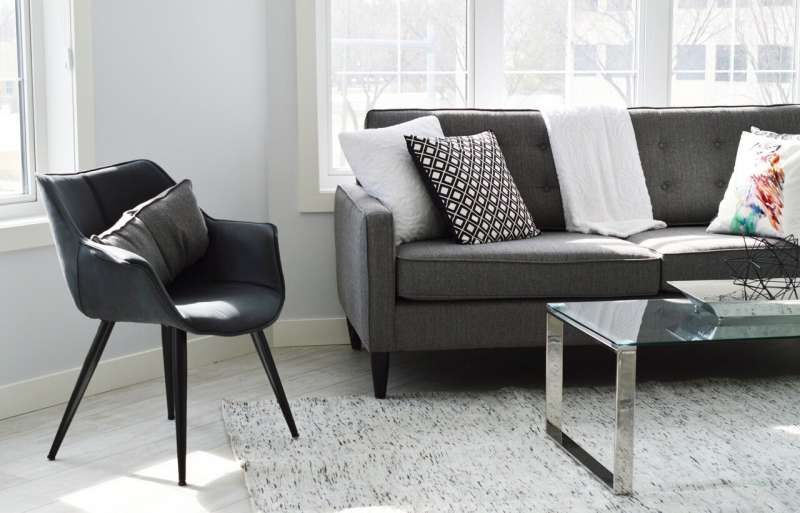Older adults are happier when their space matches their personality

The old saying, “Home is where the heart is,” has some new science to back it up. A study has found photos of a person’s living space can accurately point at personality traits and the mood of the people who live there, especially as a person gets older.
For the study, scientists at The University of Texas at Austin studied 286 people over the age of 65. They took photographs of the rooms where the subjects spent the most time (typically the living room) and found that certain characteristics of a person’s personality were reflected in core elements of room décor. Applying the findings could help lead to happier lives, including for older adults with frailty or cognitive impairment that has led them to be transferred from their homes to long-term care facilities.
“People who have a match between personality and living space report better well-being, and they feel better about their life and have a better mood,” said Karen Fingerman, professor of human development and family sciences at The University of Texas at Austin and director of the Texas Aging and Longevity Center. “Home is where we can express ourselves.”
The researchers analyzed participants’ personalities and took photos of the room where each person spent the most time. As part of a first-of-its-kind study, independent examiners looked at the photos and rated characteristics of the room, such as brightness, cleanliness and newness. The results were published online in the journal The Gerontologist earlier this month.
Extraversion was expressed in room décor with newness of items in the room and cheerfulness of décor. This may come from a desire to make the room appealing to visiting friends and family, researchers said.
Conscientiousness was associated with newness and comfort. Because orderliness and organization are key components of that personality trait, that may explain the association.
Agreeableness, openness and neuroticism were not associated with room décor for everyone, scientists found. But openness was evident in the décor for older adults who live alone, suggesting that people who live with others may not have as much latitude to express their personalities in their room décor.
Importantly, when a living space matches the personality and preferences of the person who lives there, older adults reported enhanced well-being.
The goal for many older adults is to grow older in their own homes, but as they encountered functional limitations, such as not being able to walk or climb stairs, their homes became out-of-date, uncomfortable, dim and cluttered. Scientists said this may be because those adults have less energy to maintain their spaces.
Surprisingly, for adults with functional limitations, clutter was associated with fewer symptoms of depression.
“Clutter may represent an effort to exert control over the environment,” Fingerman said. “They may also wish to keep items close at hand to compensate for mobility issues.”
Researchers said this study suggests that older adults with functional limitations may benefit from a little help around the house, but cleaning and maintenance should be done in collaboration. What looks like clutter to one person may be an arrangement that makes an older adult more comfortable.
Long-term care facilities that allow for greater latitude in room décor to improve the mood of residents also may see benefits.
“There is no one ideal way to create a living space,” Fingerman said. “It has to match the person.”
Source: Read Full Article


